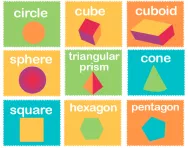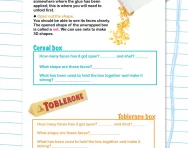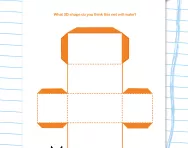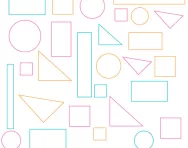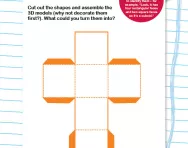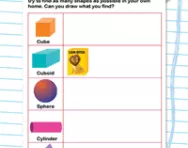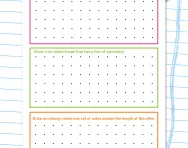Important update from TheSchoolRun
For the past 13 years, TheSchoolRun has been run by a small team of mums working from home, dedicated to providing quality educational resources to primary school parents. Unfortunately, rising supplier costs and falling revenue have made it impossible for us to continue operating, and we’ve had to make the difficult decision to close. The good news: We’ve arranged for another educational provider to take over many of our resources. These will be hosted on a new portal, where the content will be updated and expanded to support your child’s learning.
What this means for subscribers:
- Your subscription is still active, and for now, you can keep using the website as normal — just log in with your usual details to access all our articles and resources*.
- In a few months, all resources will move to the new portal. You’ll continue to have access there until your subscription ends. We’ll send you full details nearer the time.
- As a thank you for your support, we’ll also be sending you 16 primary school eBooks (worth £108.84) to download and keep.
A few changes to be aware of:
- The Learning Journey weekly email has ended, but your child’s plan will still be updated on your dashboard each Monday. Just log in to see the recommended worksheets.
- The 11+ weekly emails have now ended. We sent you all the remaining emails in the series at the end of March — please check your inbox (and spam folder) if you haven’t seen them. You can also follow the full programme here: 11+ Learning Journey.
If you have any questions, please contact us at [email protected]. Thank you for being part of our journey it’s been a privilege to support your family’s learning.
*If you need to reset your password, it will still work as usual. Please check your spam folder if the reset email doesn’t appear in your inbox.
What are nets of shapes?
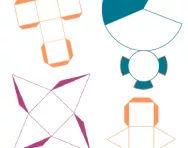
What are nets of shapes?
A net is what a 3D (three-dimensional) shape would look like if it were opened out flat.
For example, here is a cube:

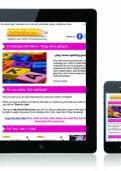
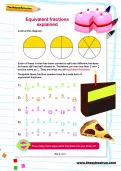
Boost your child's maths & English skills!
- Follow a weekly programme
- Maths & English resources
- Keeps your child's learning on track
If this cube were made of paper or card, this is what it would look like opened out flat:
This is called the net of a cube.
When do children learn about nets of shapes?
Children start to learn about 2D and 3D shapes in Year 1, where they are required to identify 2D shapes such as squares, rectangles, circles and triangles ('flat' shapes) and 3D shapes such as cubes, cuboids, pyramids and spheres ('fat' shapes!).
2D shapes
| Circle |  | Square |  |
| Triangle |  | Rectangle |  |
| Pentagon |  | Hexagon |  |
| Octagon |  | Nonagon |  |
3D shapes
| Cube |  | Cuboid |  |
| Sphere |  | Square-based pyramid |  |
| Cylinder |  | Triangular prism |  |
| Pentagonal pyramid |  | Hexagonal prism |  |
In Year 2, children move onto identifying how many edges, faces and vertices 3D shapes have.
For example: this octagonal-based pyramid has 16 edges, 9 faces and 1 vertex: 
They will also be asked to identify 2D shapes on 3D shapes; for example, a cylinder has two circular faces.

In Year 3, children will move onto drawing 2D shapes and making 3D shapes with modelling materials. For example, they may make a cone out of a ready-cut piece of card, a cylinder out of plasticine or a cuboid out of wooden blocks.
There is less emphasis on teaching 3D shapes in Year 4; most of the learning centres around 2D shapes, such as different types of triangles and angles.
In Year 5, children need to be able to recognise a 3D shape from a 2D representation. For example: they may be shown a cuboid and then a variety of nets, then asked to pinpoint which net would make the given cuboid. This is where the learning in earlier years will help them: they will need to know how many rectangles and squares make up the net of a cuboid.
In Year 6, children need to be able to recognise, describe and build simple 3D shapes, including making nets. For example: they may be shown a cube or cuboid and then given some squared paper on which to make a net that will make an identical shape. This activity will involve knowing what shapes are needed to make the net and knowledge of how it will all fit together. Children will also need to measure the sides of the given shape so that they know how long the lines on their net need to be.

